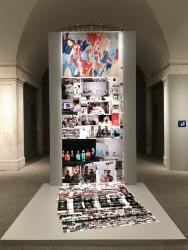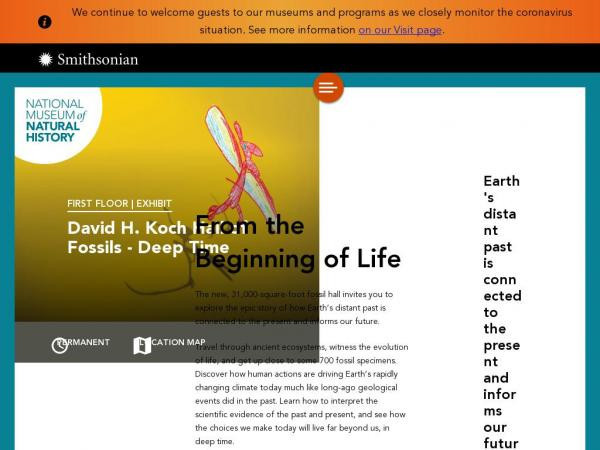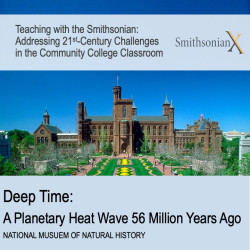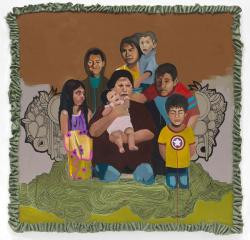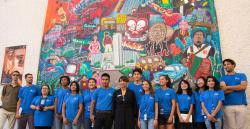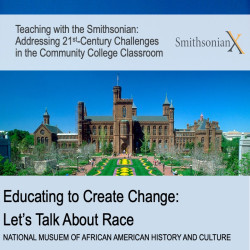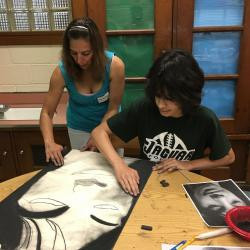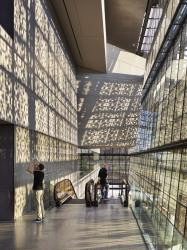Philippa Rappoport
I work in education and engagement, teacher professional development, and outreach at the Smithsonian Office of Educational Technology (OET), and have a particular interest in developing and producing trainings, programs, teaching techniques, and platforms that foster deep learning and contribute knowledge to improve practices in museum and preK-16 education and engagement. At OET over the last decade+, I created digital assets for schools, families, and new immigrant English Language learners to complement teacher professional development and pan-Smithsonian programming, including Learning Lab teaching collections, YouTube videos with tradition bearers, a handmade family stories book-making website, and online heritage tours.
Philippa Rappoport's collections
Cuban Balseros: Using Art and Artifact to Explore an American Immigration Story
 Philippa Rappoport
Philippa Rappoport
Culture and Aesthetics Meet Physics: Why Soviet and American Spacesuits Look Different
 Philippa Rappoport
Philippa Rappoport
Curating Digital Museum Resources for the Classroom (Texas ASCD Ignite 19 Conference Session)
 Philippa Rappoport
Philippa Rappoport
Deep Time (National Museum of Natural History)
 Philippa Rappoport
Philippa Rappoport
Digital Museum Resources for the High School Ethnic Studies Classroom (City of Austin Parks & Recreation)
 Philippa Rappoport
Philippa Rappoport
Digital Museum Resources for the High School Ethnic Studies Classroom (#EthnicStudiesY2)
 Philippa Rappoport
Philippa Rappoport
Digital Storytelling with Museum Objects in the Smithsonian Learning Lab
 Philippa Rappoport
Philippa Rappoport
Digital Storytelling with Museum Objects in the Smithsonian Learning Lab (RDMF Conference Workshop)
 Philippa Rappoport
Philippa Rappoport
Dolores Huerta: Images, Videos, and "One Life" Exhibition
 Philippa Rappoport
Philippa Rappoport
Educating to Create Change: Let’s Talk About Race (National Museum of African American History and Culture)
 Philippa Rappoport
Philippa Rappoport
Engaging Families through Art and Technology Programs: "Discovering US/Descubriéndose"
 Philippa Rappoport
Philippa Rappoport
Engaging Families through Art and Technology Programs: "Illuminating the Self"
 Philippa Rappoport
Philippa Rappoport


